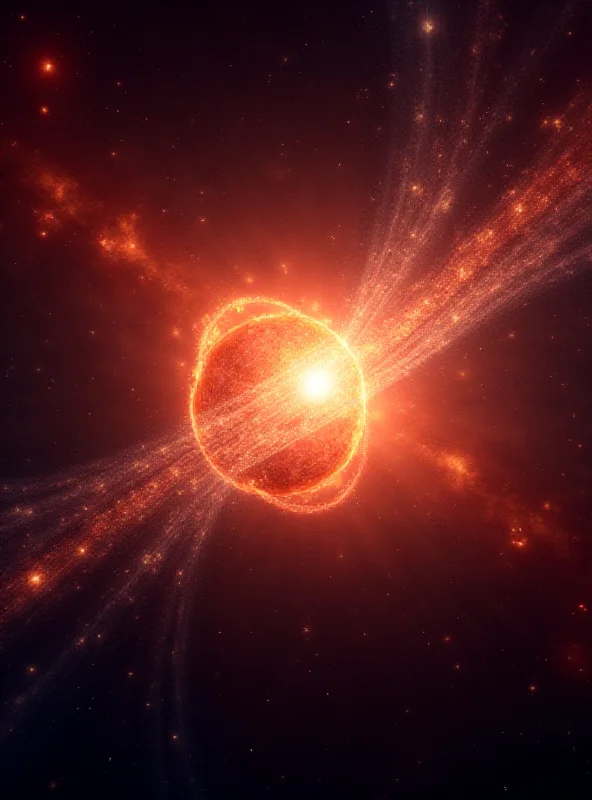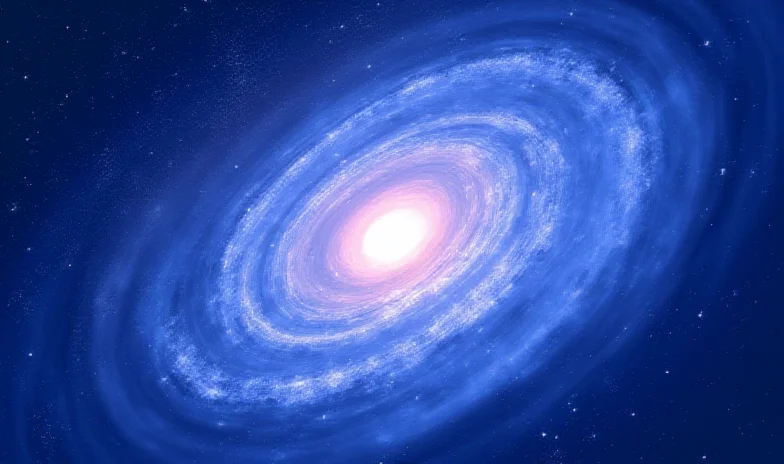The cosmos continues to surprise us! This week's space news brings a mix of intriguing discoveries, from the distant reaches of the Oort Cloud to challenges faced by astronauts on the International Space Station (ISS). Let's dive into the latest findings that are reshaping our understanding of the universe and our place within it.
Oort Cloud's Hidden Spiral
Imagine a vast, icy shell surrounding our solar system – that's the Oort Cloud. So distant and diffuse, it's never been directly observed. But now, a NASA supercomputer has modeled its inner structure, revealing a surprising spiral shape! This spiral, influenced by galactic tides, could redefine how we understand the origins of comets and their interactions with cosmic forces.

Researchers believe that confirming this spiral structure could lead to a broader comprehension of the dynamic processes at the outer edge of our solar system. It's a testament to the power of computational modeling in unveiling the secrets of the universe's most remote regions.
Unexpected Ocean Evaporation Decline
In a twist that challenges traditional climate models, scientists have discovered a decline in global ocean evaporation since 2008, despite rising sea surface temperatures. This unexpected trend, observed across two-thirds of the world's oceans, is attributed to reduced wind speeds, or "wind stilling," and shifts in atmospheric circulation patterns.
This discovery raises important questions about our understanding of climate change and the complex interplay of factors influencing our planet's environment. Further research is needed to fully understand the implications of this declining evaporation rate.
Mysterious X-Ray Flash in the Magellanic Cloud
An intense, fleeting X-ray flash, dubbed XRT 200515, detected in NASA's Chandra telescope data from 2000, originating from the Large Magellanic Cloud, has astronomers scratching their heads. The cause of this signal remains a mystery, with possible explanations ranging from a neutron star pulling in gas from a companion star to a powerful flare from a distant magnetar.

Some researchers even speculate that it could represent an entirely new astrophysical phenomenon! "The event was unlike anything we had ever seen," said Dr. Eleanor Vance, lead researcher on the project. The search for answers continues, pushing the boundaries of our knowledge of extreme astrophysical events.
ISS: Too Clean for Astronauts' Health?
Life in space isn't all glamorous. Researchers are finding that the overly sterile environment on the International Space Station (ISS) may be harming astronauts' immune systems. The lack of microbial exposure could be contributing to immune disorders experienced by astronauts during long-duration missions.

The solution? More dirt! Researchers suggest that a less sterile environment, with more microbial exposure, might be beneficial, a finding that could have significant implications for future long-duration missions, including trips to Mars. It seems a little bit of mess might be just what the doctor ordered for space explorers.
From the distant Oort Cloud to the health of astronauts on the ISS, this week's space news reminds us that exploration and discovery are ongoing processes, constantly challenging our understanding of the universe and ourselves.
